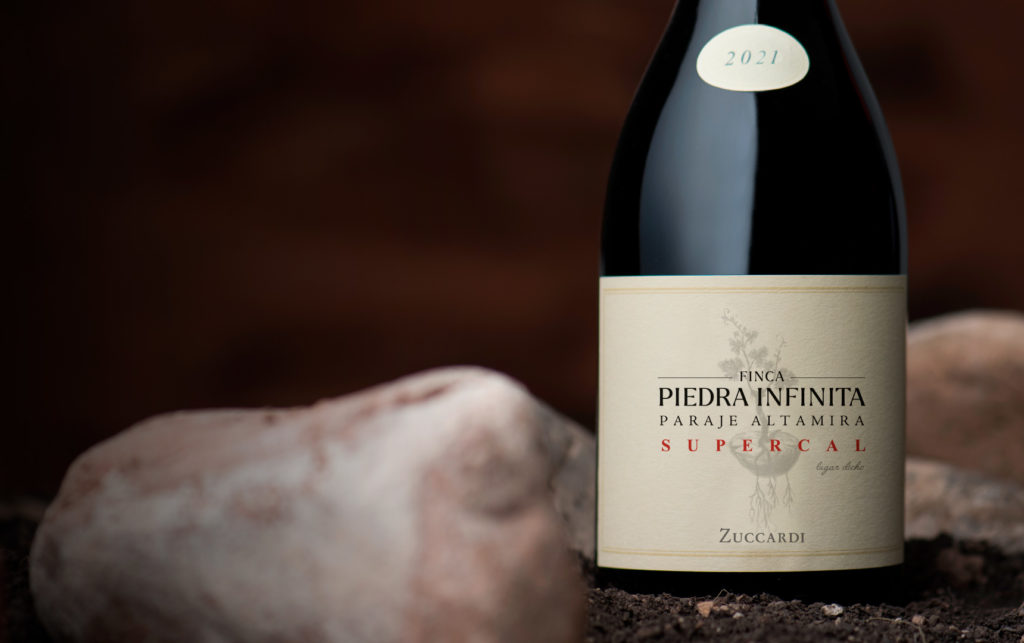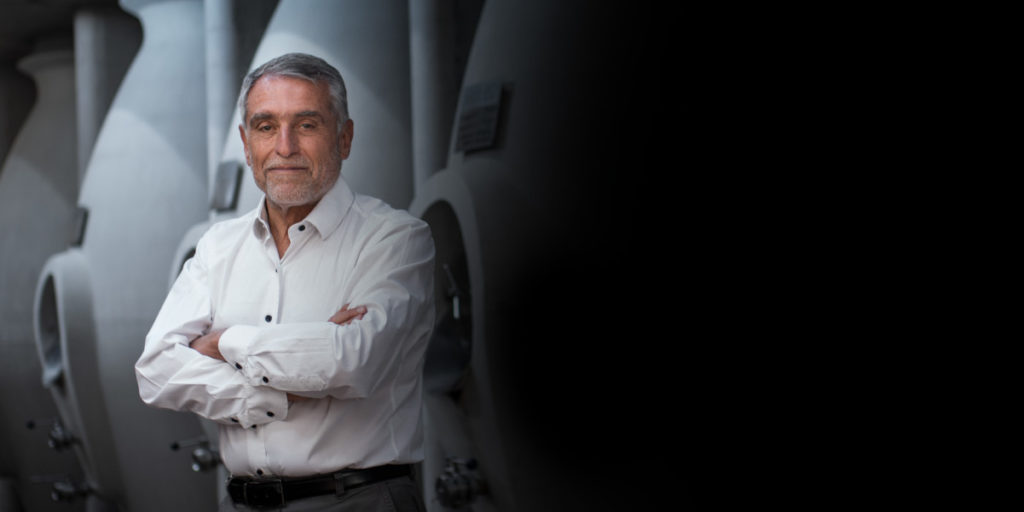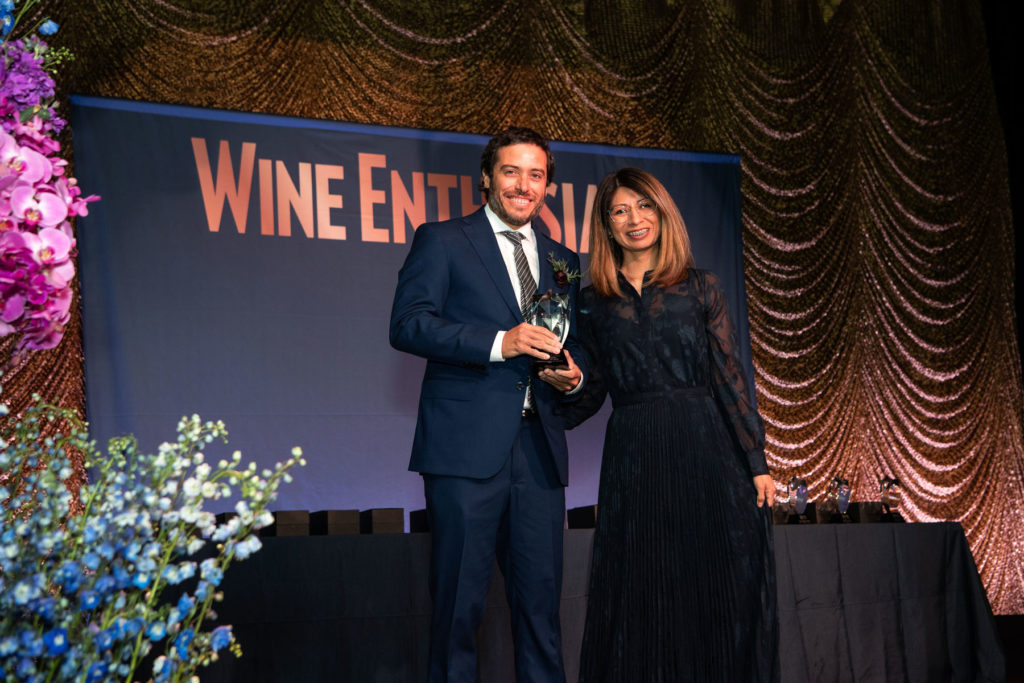Sebastian Zuccardi leads the next generation
“Malbec in Argentina is like Pinot Noir in Burgundy,” says Sebastián Zuccardi. “It’s very trans parent with styles that change from village to village.”
Zuccardi, 42, is a third-generation Argentinian winemaker. His grand father, Alberto, first planted vines in 1963 in the Maipú region, southeast of the city of Mendoza. In the late 1980s and early ’90s, Zuccardi’s father, José, began exporting wines and guiding the winery onto the international stage. José made great strides in expanding the family’s vineyards and focusing on higher quality sites. Zuccardi took things a step further, but only after opting to travel the world, working in vineyards in Portu gal, Spain, Italy and California. When he returned in 2008, with greater knowledge and a global perspective, he formed a research and develop ment branch of the winery and en couraged his family to evolve.
“Place is more important than the vinification process,” Zuccardi says. “My generation had an opportunity to travel and see other wine regions. When joined [the family business], we were cultivating in low-elevation areas, such as Maipú, and pushed to start buying grapes from Uco Valley. Then we started buying vineyards.”
Familia Zuccardi owns more than 740 acres, split between six vineyards in the Paraje Altamira, Gualtallary and San Pablo regions. The payoff from the family’s investment is taking shape, as Zuccardi is making some of the most exciting wines in Argentina.
While place is paramount for Zuccardi, he admits that his winemaking preferences do shape the final product. “I believe place is more important because climate conditions and soils determine the wine style,” he says. “But it’s impossible to divide place and people.” Zuccardi eschews long macerations and new oak in favor of concrete vessels, neutral foudres (2,500-liter French oak barrels) and puncheons (500-liter barrels). He believes concrete is the best partner for Malbec and key to translating unique Uco Valley terroirs into fresh, balanced wines.
Zuccardi is a bit of an outlier in that regard, and his Concreto bottling is an extreme example of his philosophy. After years of research, Zuccardi decided to take the plunge in 2014, making a wine that was fermented and aged exclusively in concrete. For Concreto, Zuccardi sources parcels with high concentrations of calcareous soils within the family’s estate vineyard in Paraje Altamira. He then ferments the grapes whole cluster, while avoid ing carbonic maceration. The 2021 bottling (92 points, $40) is lively and expressive, showing floral, macerated cherry and plum flavors, with perky, minerally tannins.
Concrete has become a tool Zucca rdi uses across all of his wines. With nothing to hide behind, a neutral vessel like concrete can only work in tandem with detailed viticulture and quality grapes. “It opened our eyes,” he says. “After that, I felt more confident in the ways we were work ing. I’m not looking to do 10 different things. I’m trying to do one thing very well: making our style of wine. And concrete gives us the ability to show uniqueness and identity, with transparency and precision.”
In addition, Zuccardi says concrete works well for Malbec when it comes to micro-oxygenation, a process by which oxygen is introduced into wine, helping to soften tannins and pre serve freshness. Concrete is porous and allows this process to occur, though less so than with oak. That’s what makes concrete such a good choice for Malbec, which needs some oxygen, but not too much, whereas Cabernet Sauvignon might require more oxygen to soften its muscular tannins. Sealed vessels such as stainless steel aren`t breathable at all.
Zuccardi also notes that new oak can influence or mask natural flavors from a vineyard. “We cultivate in a place that has a lot of life, and concrete doesn’t impart any aromas or flavors. The wine is quieter as a result,” he says. “Malbec does not have one aroma or flavor, and how you cultivate it can change that. In the winery, you can impact [the wines] at all times, but you need to respect the uniqueness of the vineyard.”
Unique can certainly be used to describe one particular site that Zuccardi works with: an estate vineyard surrounding the Paraje Altamira winery in southern Uco Valley. Situated in the heart of an alluvial fan-a triangle shaped deposit of gravel, sand and sediment-of the Tunuyán River is Finca Piedra Infinita. The vineyard’s name roughly means “infinite stone farm,” a nod to the region’s proliferation of stony soils encrusted with cal cium carbonate. Thousands of large boulders and stones had to be cleared when the winery and vineyard were developed. The vineyard is broken into 46 parcels, highlighting its myriad soils.
Having begun his wine education in the vineyard, Zuccardi believes that learning to make wine through viticulture feels most natural. He’s clearly passionate about his work, describing the impact of elevations, soils and proximity to the Andes on vineyard practices. “Because we are so close to the Andes [in Uco Valley], we have a big diversity of soils, so we irrigate in close relation with the specific soil,” he explains, referencing a multicol ored vineyard map showing different levels of calcareous deposits. The stony soils need more frequent irriga tion because of their well-draining tendencies, Zuccardi adds, but his ultimate goal is to build deep root systems to provide more buffer and better express the terroir.
Expressing place comes down to balance, which Zuccardi thinks isn’t always about low yields and deeply concentrated wines. “In my view, lower yields for better quality is a generalization,” he says. “In general, the Malbec that we have in Argentina is pre-phylloxera and the natural yields are low, so it’s not necessary to reduce [yields] if you prune and manage the canopy.” Bolstering his argu ment, Zuccardi points to the abundant sunshine in Uco Valley. “When your yields are too low, ripeness happens fast and you can overripe easily.”
Familia Zuccardi makes a range of wines, from regional blends to small production, vineyard- and parcel-specific offerings. The trio of Aluvional wines are all treated similarly, fermented in concrete using native yeasts, with 20% finished in neutral oak. Yet each has its own unique thumbprint. When tasted side by side, the Aluvional wines deftly demonstrate the dif ferences within Paraje Altamira, Gualtallary and Los Chacayes.
Paraje Altamira, known for its stony soils encrusted with limestone, often yields wines with abundant floral characteristics, good structure and acidity, and softer tannins. The 2019 Aluvional Paraje Altamira (92, $93) aptly show cases the region, offering depth, richness and structure, along with flavors of violet-laced black cherry and berry preserves.
Gualtallary is higher in elevation and cooler, with limestone-rich soils. This is an ideal area for winemakers such as Zuccardi who are aiming for fresher styles. The soils amplify the acidity in the grapes, and the wines can be more austere as a result. The 2019 Aluvional Gualtallary (94, $93) is slightly angular, showing notes of dried violet and eucalyptus backed by layers of raspberry and olallieberry, with tremendous acidity adding tension.
Los Chacayes abuts the Andean foothills at elevations ranging from 3,200 to 4,900 feet, with a mixture of alluvial and colluvial soils, as well as some granite. Many of the area’s vineyards are planted on slopes, as opposed to on the valley floor or on plateaus at the base of the mountains. The soils and cooler temperatures typically yield wines that are intensely chalky and well-structured, without the rigidity of aggressive tannins. The 2019 Aluvi onal Los Chacayes (95, $93) is elegant and detailed, showing an ethereal texture and vibrant cherry and plum flavors, with fine, minerally tannins.
Zuccardi admits his biggest challenge is to differentiate between labels, but he believes Uco Valley is the place to do just that. “I like to talk about places rather than varietals,” he says, suggesting that if you take the three aforementioned wines and only label them Malbecs, it doesn’t tell consum ers anything. “Malbec is the best vehicle to express our places, and when you put a region on a label, you’re talking about something impossible to do in another place. The future is not in the Malbec grape itself, but in the regions with an identity still close to Malbec.”
-Aaron Romano
Wine Spectator
